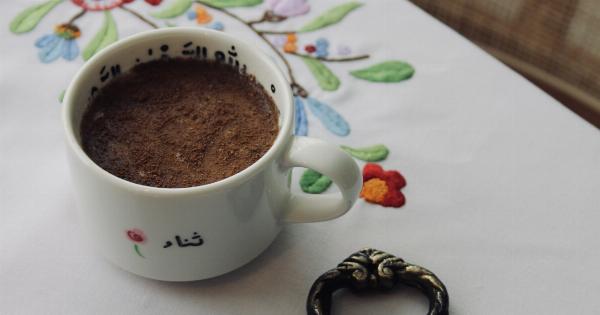Chocolate, one of the world’s most indulgent and beloved pleasures, may be in danger of disappearing permanently.
As climate change and other factors make cacao crops increasingly difficult to cultivate, scientists and chocolatiers alike are searching for ways to keep this sweet treat around for generations to come.
What is Causing the End of Chocolate?
There are multiple factors that contribute to the end of chocolate. Firstly, the production of cacao beans requires very specific climate conditions that are becoming increasingly difficult to find due to global warming.
Secondly, many of the cacao trees that are cultivated are old and are unable to meet the increasing demand for chocolate. Lastly, many of the farmers that grow cacao don’t get paid fairly which makes it challenging for them to compete with alternative crops.
The increase in temperature and changes in rainfall have contributed towards the hindrance of growth of cacao trees. As temperature rises, cacao trees either dry out as they cannot take up enough water, or succumb to diseases and pests.
Cacao farmers have to work harder to keep their trees healthy, with more treatments and pesticides, but given the relentless rise in temperature, this is a difficult and costly ambition.
How Will the End of Chocolate Affect Us?
The end of chocolate would be a huge loss to humanity as it is an important source of income and livelihood for millions of farmers across West Africa, Asia, and Latin America.
It’s also a staple of Valentine’s Day, Easter, Halloween and Christmas, and many other occasions. In addition, chocolate contains important chemicals that have a positive effect on our mental health such as phenylethylamine and serotonin.
If the end of chocolate were to become a reality, there would be a significant economic impact on the industries that depend on it, not to mention the negative effect on the mental health of consumers who have enjoyed the confectionery for so long.
Moreover, the loss of cacao may have profound implications for our genetic diversity, as a vast number of cocoa varieties could become extinct if cacao crops were to disappear entirely.
What are the ways to save chocolate?
To reverse the trend and save chocolate, scientists around the world are working hard to find solutions that can help make cacao trees more resistant to the adversities caused by climate change.
For example, genetic engineering is a method in which scientists can manipulate the genetics of the cacao plant to make trees more resistant to diseases and pests, and more tolerant of drought and heat. They can also develop hybrid varieties by cross-breeding cacao varieties that have greater resistance to climate change.
Another way to save chocolate is to improve the livelihoods of farmers. By creating better opportunities and providing farmers with the resources they need, cacao production can become more sustainable and profitable.
Some companies have been focusing on improving the working and living conditions of the farmers that grow cacao, and investing in their growth.
The Impact of Selective Breeding on Cacao Trees
Selective breeding is a method that involves the selective crossing of cacao trees with desirable characteristics, with the aim of producing offspring that inherit these traits.
This method allows growers to produce cacao trees that are more productive, resistant to diseases and pests, and can even taste better.
Scientists have been using selective breeding to develop cacao strains that are better suited to the changing climate.
For example, the International Cocoa Genome Sequencing Consortium, a scientific collaboration between researchers from around the world, has sequenced the entire genome of cacao, a breakthrough that enables researchers to identify the genes that control many of the plant’s desirable traits, such as resistance to diseases and tolerance to heat and drought.
Conclusion
The future of chocolate is uncertain, but there are still steps we can take to save the sweet treat from disappearing forever.
Innovations in science and technology, as well as a commitment to creating more sustainable and equitable conditions for the farmers who grow cacao, are the key to ensuring that chocolate is still around for generations to come.





























